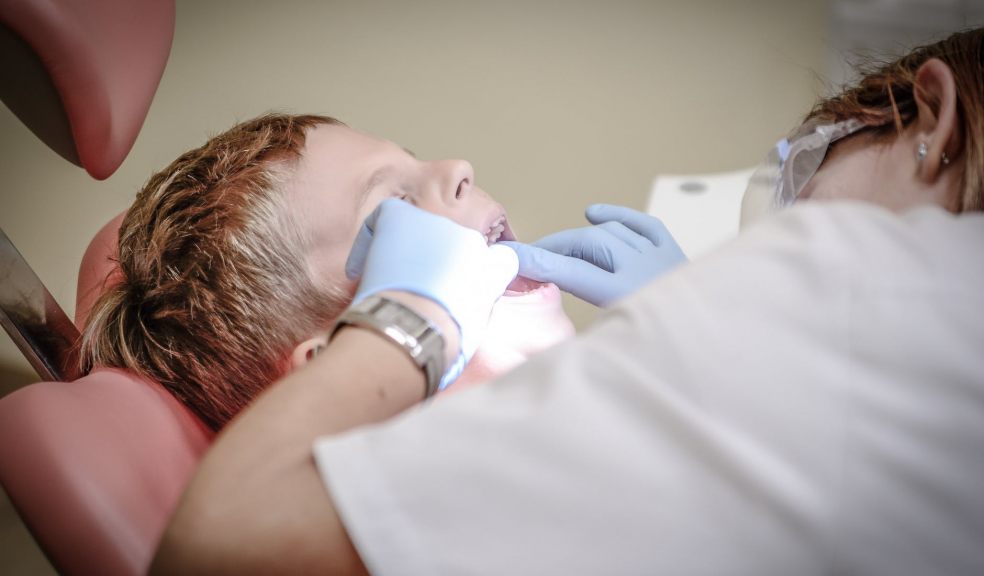
The Great Dental Divide – The Decline of Public Dental Services
The raucous public debate over the delivery and access to dental services in the United Kingdom has reached a fever pitch over the last 12-months. With elective services such as fillings, whitening, and braces being pushed to the side as the elective dental industry was brought to a standstill as a direct result of the global pandemic.
Nowhere is the divide between the ‘have's and the ‘have not's greater than in dental care. In an industry that is largely untouched by the public health care system in the United Kingdom and Australia. In 2021, a smile can be an instant indicator of an individual’s social-economic status. In an industry that raked in almost 10-billion dollars in Australia in 2017 alone, a staggering 62% of those expenses came out of pocket.
With the dental industry costing individuals each year, it is little wonder that almost 41% of those interviewed said that they had not visited the dentist in the last three years. Of the remaining 59% of those that had visited the dentist in the last three years, more than 1/5 reported that they could not go through with dental procedures due to the cost.
The inaccessibility of dental services has led to an increase in the number of patients seeking non-traditional treatment for braces, teeth straightening and clear aligners from technology-led businesses. These new businesses have been able to effectively reduce the reliance on traditional dentistry services and hand those savings directly back to the consumer.
Dentistry and Medical Services – Similar, But Different
Historically, bad teeth and oral hygiene have not been given the same weight as other medical services. Despite the fact that many of these conditions can leave the patient in excruciating pain, the public health care service sector has not been responsible for treating many of these conditions.
A report from 2016 found that more than 70,000 patients in Australia were forced to emergency rooms for preventable oral health conditions. Patients were left to wait for preventable conditions to escalate before they could be cared for under the public health care system.
Historically, there is no specific reason why dental services have been excluded from medical services. In Australia and the United Kingdom, government policy is the main reckoning behind dental services being the responsibility of the individual.
Calls for A Public Subsidised System
Over the last five years, the call for a publicly subsidized system has reached a fever pitch in Australia and the United Kingdom. While private health care services subsidize around 60% of the cost of dental visits, the nature of private insurance is still prohibitively expensive for low socio-economic demographics.
The pain point around dental services is aggravated by the fact that there is no ‘standard cost of visit’ or routine maintenance fees. The costs are entirely indicative of personal circumstances and can be extremely costly depending on individual circumstances. A system that promotes basic dental health care to all has been proposed in both the United Kingdom and Australia.













